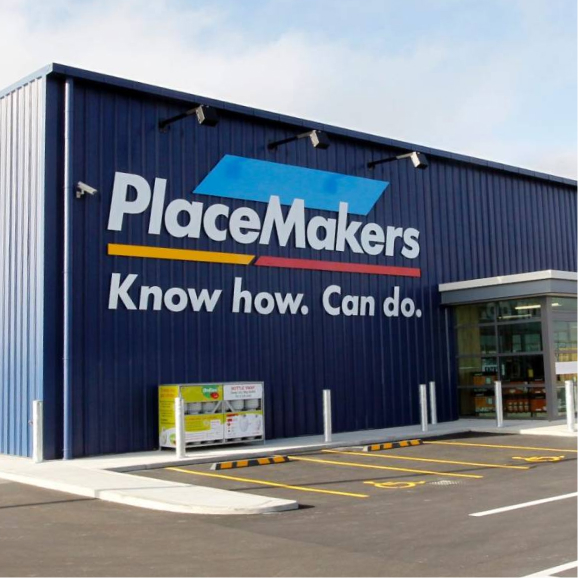Event-driven architecture seems to be the way of the future for integrations, specifically focusing on designs where low latency, real-time and stability are essential for success. So, what is Event-driven Architecture, and what do you need to know about it before you jump in and start using it?
In this blog, we will explore the concepts and benefits of event-driven architecture. We will also provide examples of how event-driven architecture can be applied in real-world scenarios.
What is Event-driven Architecture?
Event-driven architecture (EDA) is a design approach focusing on creating systems that respond to specific events or triggers decoupled and asynchronously. In an event-driven system, components communicate by sending and receiving events rather than calling each other directly. Read on to find out how this type of architecture enables applications to be more scalable, flexible, and responsive to changes in their
Why should you use Event-driven Architecture?
A significant advantage of event-driven architecture is its ability to handle large amounts of data. In traditional architecture, components are tightly coupled and call each other directly. This means that if one component becomes overwhelmed with requests, it can affect the entire system’s performance. In an event-driven architecture, however, components are decoupled and communicated via events. This means that components can process events asynchronously, allowing the system to handle a large volume of data without affecting performance.
Another advantage of event-driven architecture is its ability to integrate with different systems and technologies. In a traditional architecture, components are often tightly coupled with specific technologies, making it difficult to integrate with other systems. In an event-driven architecture, components communicate via events, which can be easily understood by any system that can receive and process events. This makes integrating different technologies and systems easy, allowing for greater flexibility.
In addition to its ability to handle large amounts of data and integrate with different systems, event-driven architecture offers other benefits. For example, it can improve the scalability and resilience of a system. Because components in an event-driven system are decoupled and communicate via events, they can be scaled independently. This means that if one component becomes overwhelmed, it won’t affect the performance of the other components. In addition, because events are typically persisted in a message queue, they can be retried if they fail to be processed, improving the system’s overall resilience.
Another advantage of event-driven architecture is its ability to support real-time data processing. In a traditional architecture, components are typically processed sequentially, making it challenging to support real-time data processing. In an event-driven architecture, however, events can be processed as soon as they are received, allowing for real-time data processing. This can be particularly useful for applications that require low latency, such as financial trading systems or eCommerce platforms.
What components are used in Event-driven Architecture?
The main components of event-driven architecture are the publisher, the event, and the subscriber. The publisher is the component that generates and sends events, the event is the message that is sent from the publisher to the subscriber, and the subscriber is the component that receives and responds to the event.
In addition to these core components, event-driven architecture may also include other components, such as event brokers and event stores. An event broker sits between the publisher and the subscriber and is responsible for routing events from the publisher to the appropriate subscribers. An event store is a database or other storage system used to persist events for future processing or reference.
How could you use Event-driven Architecture in the real world?
A great example of how this can be applied in an eCommerce setting would be a Black Friday sale, where there’s a sudden spike in the number of orders being taken by the website, and potentially the back-end systems can’t keep up with the demand. Having the orders persisted in a message queue ensures the website can still take the orders. The back-end systems can pick up the orders from the message queue as their capacity allows until all events have been processed. This way, no orders are missed, and there is no need for one-off scaling of the existing systems.

Another example of how event-driven architecture can be used in an eCommerce environment is the development of a real-time inventory management system. In this scenario, events are triggered whenever a customer purchases on the eCommerce website or app.
When a customer completes a purchase, the system triggers an event that indicates that the purchased items need to be removed from the inventory. The inventory management system would then respond to this event by automatically updating the inventory levels in real-time, ensuring that the purchased items are no longer available.
Using event-driven architecture in this way allows the inventory management system to be more responsive and efficient. It also enables the eCommerce website or app to provide more accurate information to customers about the availability of products, helping to prevent situations where a customer attempts to purchase an item that is no longer in stock. This can improve the customer experience and help avoid potential revenue losses due to out-of-stock items.
Summary
Event-driven architecture offers many advantages over traditional architectures; it allows for handling large amounts of data, integrates easily with different systems and technologies, improves scalability and resilience, and supports real-time data processing. These benefits make event-driven architecture a valuable design approach for many systems.
If you are interested in learning more about how event-driven architecture can benefit your organisation, please get in touch with us. Our experienced team can provide more information and assist you in implementing event-driven architecture in your systems. So contact us today to learn more and start taking advantage of the benefits of event-driven architecture.
Introducing Solace
Solace is an event management and streaming platform that provides publisher and subscriber services using common protocols like JMS, MQTT, AMQP and REST. Solace also provides a variety of client libraries for different programming languages, such as Java, C, C#, and Python, which enable developers to easily integrate their applications with the Solace broker using the language of their choice.

























